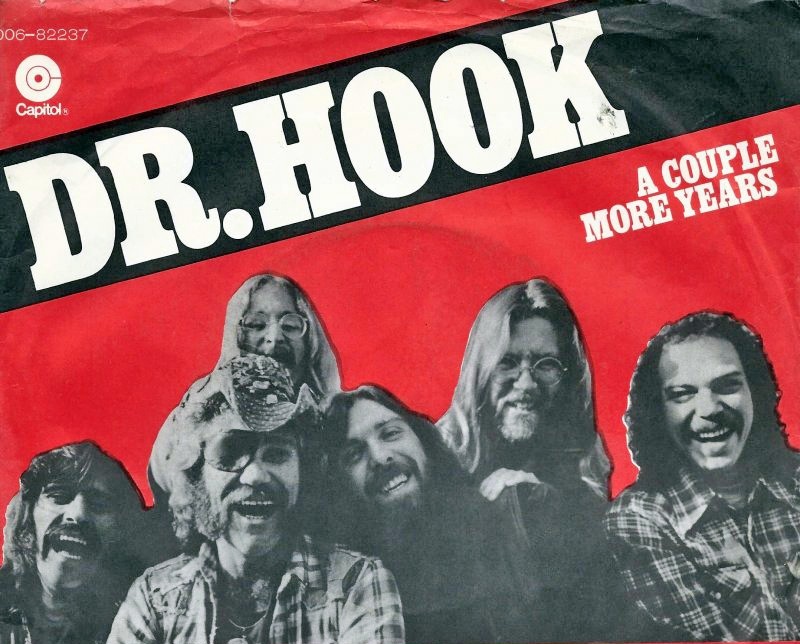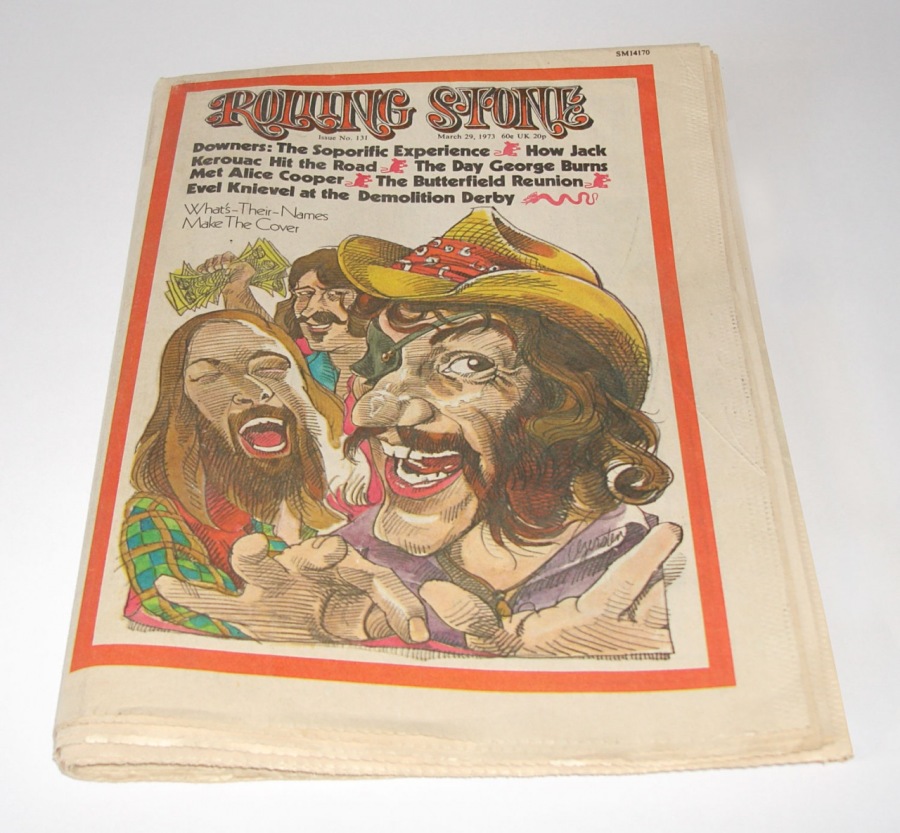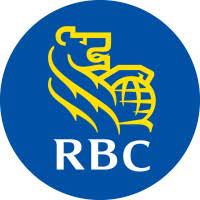MUSIC HISTORY: Singing Cowboys

A singing cowboy was a hero of early Western films, popularized by many of the B-movies of the 1930s and 1940s. The typical singing cowboys were white-hat-wearing, clean-shaven heroes with the habit of showing their emotions in song.
Around the campfire, the original cowboys sang of life on the trail with all the challenges, hardships, and dangers encountered while pushing cattle for miles up the trails and across the prairies. Singing in the wrangler style, they have served to preserve the cowboy as a unique American hero.
I remember well, as a kid growing up in the 1950s, the Saturday afternoon cowboy movies from the 1930s and '40s we watched on TV.
The image of the singing cowboy was established in 1925 when Carl T. Sprague of Texas recorded the first cowboy song, "When the Work's All Done This Fall." A year later, John I. White became the first representative of the genre to perform on a nationally broadcast radio show. But the full popularity of the singing cowboys was not reached until the spread of sound films.
Ken Maynard was the screen's first singing cowboy. He began in silent motion pictures in 1923 and, in addition to acting, did stunt work. His horsemanship and rugged good looks made Ken a cowboy star. He recorded two songs with Columbia Records before making his first film with a musical soundtrack. He sang two songs in Sons of the Saddle (1930).
Ken's horse was named Tarzan.
While other western actors, such as John Wayne and Clint Eastwood, only dabbled in singing roles, some actors became known mainly for their parts as singing cowboys. The most famous of them was Gene Autry, and the title "The Singing Cowboy" usually refers to him in particular. When Wayne declined further singing cowboy roles, Republic looked for a replacement. Gene was chosen because he was the one candidate who could both sing and ride a horse. The choice was so successful that, at the time of his death in 1998, he was still on the top 10 list of Hollywood western box office moneymakers.
Gene first rose to popularity as a singer, but his acting career started off quickly with the 1935 film serial The Phantom Empire, and he became a prolific star. His early popularity, both for his radio and film performances, quickly paved the way for a multitude of imitators, but most attempts didn't get close to his success.
Gene Autry, and later Roy Rogers, appeared in contemporary western settings rather than the 19th century wild west era. This allowed the stars to appear in modern clothing alongside motorcars, airplanes, and telephones.
Autry was also the first sound motion picture cowboy star to use his own name as the main character in a film, a practice soon emulated by Rogers.
Gene's horse was named Champion.
Gene Autry's status as the top singing cowboy was never in question until 1937, when disagreements made him temporarily walk out on his contract with Republic Studios. The studio's chosen replacement, Roy Rogers, who had previously appeared only in minor roles (including a memorable appearance opposite Gene while still billed under his real name, Leonard Slye), quickly grew popular when given the chance to star. By the time Gene returned, he found himself challenged for top movie singing cowboy status by the blossoming career of his new rival, although Rogers never neared Autry's juggernaut level of record sales.
When Gene enlisted in the Army Air Corps during World War II, Roy Rogers became the "King of the Cowboys," competing head-to-head with Autry for the rest of the decade. Autry and Rogers (as a member of the "Sons of the Pioneers" singing group), had appeared together in the 1935 Autry vehicle, The Old Corral, Rogers' second film, before the studio chose him as an Autry replacement and renamed him during Autry's walkout two years later. Autry and Rogers never made a movie together after Roy began his solo film career.
Roy's horse was named Trigger.
In 1936, Edward Finney of the recently formed Grand National Pictures decided on a singing cowboy for their studio and screen-tested Tex Ritter, who began a series of films with the studio beginning with Song of the Gringo.
Interesting trivia: Tex was the inspiration for the song “Long Tall Texan”. (See my post about the song here.)
Most notable: Tex recorded "Do Not Forsake Me Oh My Darlin'," the movie title-track song for High Noon (1952). The song became a hit and received an Academy Award for Best Music, Original Song, for 1953.
Tex's horse was named White Flash.
Other actors who became famous as singing cowboys were Dick Foran, Smith Ballew, Bob Baker, Addison "Jack" Randall, Eddie Dean, Ken Curtis (who later became Festus in the TV show, Gunsmoke), and Rex Allen.
With the advent of television, the making of B-movies dropped off and the era of singing cowboys was coming to an end. Gene and Roy went on to star on TV in The Gene Autry Show and The Roy Rogers Show in the 1950s.
Here's the opening credits for Gene's TV show:
Here's the opening and closing credits for Roy's TV show:
(More about the song “Happy Trails” in my post here.)
Both TV shows ended by the close of the decade, and the singing cowboy gradually ceased to exist in popular culture except as an exercise in nostalgia.
Thanks for listening. Hope to see you again next time when we take a journey back in Music History.
(Information used in this post from Wikipedia.)

Dominique "Nik" Petersen is an aficionado of old music and the author of Dr. Hook and Me: A Fan's Journal/Scrapbook. Read about it and her other books at the website:
Articles from Dominique 🐝 Petersen
View blog
Dr. Hook & the Medicine Show, shortened from 1975 to Dr. Hook, was an American rock band, formed in ...

Continuing with our Christmas songs, these from the 1960s bring back memories from my teen-aged year ...

“The Cover of ‘Rolling Stone'” is just one of the songs Shel Silverstein wrote for Dr. Hook & the Me ...
You may be interested in these jobs
-

Financial Advisor
Found in: beBee S2 CA - 3 weeks ago
Royal Bank of Canada EDMONTON, Canada Full timeJob Summary · Job Description · Financial Advisor · What is the opportunity? · As an RBC Financial Advisor, you attract, nurture, and grow relationships with our high-value personal and small business clients, by adding value in the moments that matter to them. You provide our cl ...
-

Conseiller(ère) expert(e) en services bancaires
Found in: Talent CA C2 - 5 days ago
Royal Bank of Canada> Saint-Jérôme, CanadaRésumé du travail · Description du poste · **Opportunité de carrière pour les candidats d'exprimer leur intérêt sur des postes actuels et futurs pour : Les Laurentides ((St-Jérôme, Ste-Agathe-des-Monts, St-Sauveur)** · En quoi consiste le rôle ? · À titre de conseiller expert ser ...
-

Electrical, Instrumentation and Controls Technician
Found in: beBee S2 CA - 5 days ago
TC Energy Calgary, Canada Full timeThe Opportunity · We are seeking a skilled Electrical, Instrumentation and Controls Technician who has knowledge and experience in applies EI&C skills and aptitude to repair, install, troubleshoot, and perform other planned maintenance and corrective tasks on assigned electronic, ...
Comments